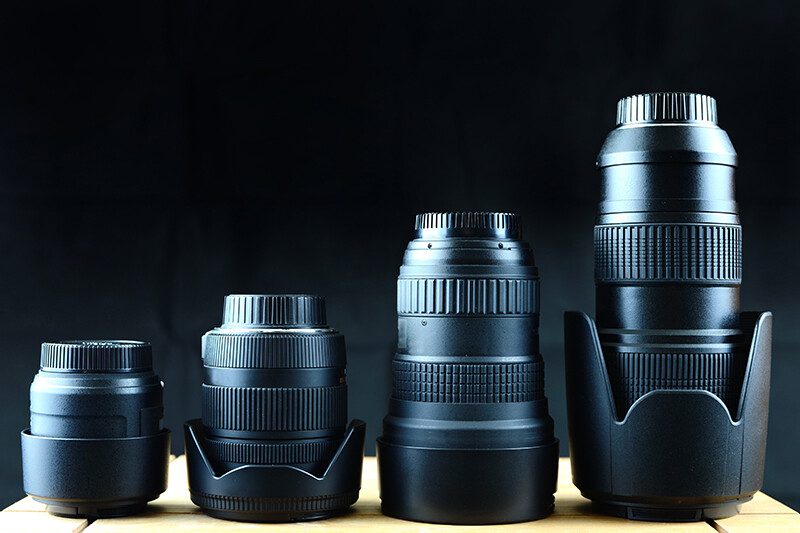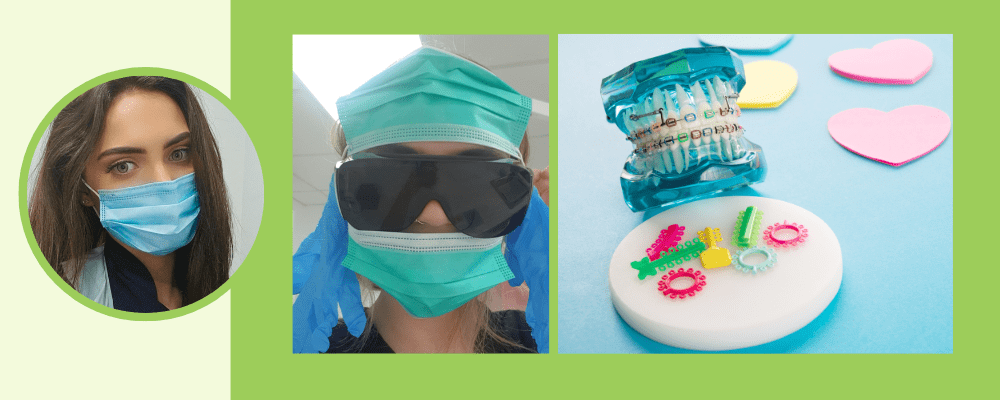Photography Blog – Lens Filters
Lens filters seems a bit of a strange topic with regards to dental photography, I know generally when you mention lens filters people generally think of most landscapes or creative fashion type photography, however there are in fact two distinct filters that I think are applicable to dental photography, they are as follows:
SKYLIGHT FILTER:
The basic skylight filter is used mainly these days as a lens protection filter. It is placed on the front of your lens and protects the surface of your expensive lens glass, just in case you should scratch the lens. It is cheaper and easier to replace a broken or scratched lens filter rather than get a whole new lens. I always keep a skylight lens filter on the front of all of my lenses.
there are two very important items to remember when purchasing a lens filter. The first is to ensure that you get the correct size in mm for your lens. Different lenses have different sized lens threads and so you need different sized lens filters for different sized lenses. The second items is very important, that is always ensure that you get a high quality lens filter. remember that the glass of the lens filter will be on the front of your expensive lens, so if the lens filter is optically not great then it will effectively degrade the quality of imagery that you get out of your lens. Therefore I would recommend not getting the cheapest lens filter you can find on eBay, instead get a quality lens filter from a good make, be prepered to spend up to £100 for an optically perfect lend filter.
POLORISING FILTER:
Polorising lens filters are used to reduce or completely remove reflection from your imagery, these filters can therefore be very useful in dental photography as they can remove reflected light in your imagery so that you get improved image clarity and hence higher imager quality. You will also notice that using this type of filter will make your colour pop more and generally add vibrancy to your imagery.
One thing to be aware of when using a polarising filter is that it will reduce the light getting to your sensor, this means that it will mean it will effect your shutter speeds and you will need to adjust them to ensure you get correct exposure. If you are running in auto or Aperture priority then the camera will do this for you.
As with skylight filters make sure that you get the correct sized filter for your lens, measured in mm. Also if you will be using auto-focus, which I am guessing a lot of you will be, although I would recommend manual focus, you should make sure that you get a circular polarising filter. Also remember to invest in a good quality filter, not just a cheap one from eBay 🙂








Leave A Comment
You must be logged in to post a comment.